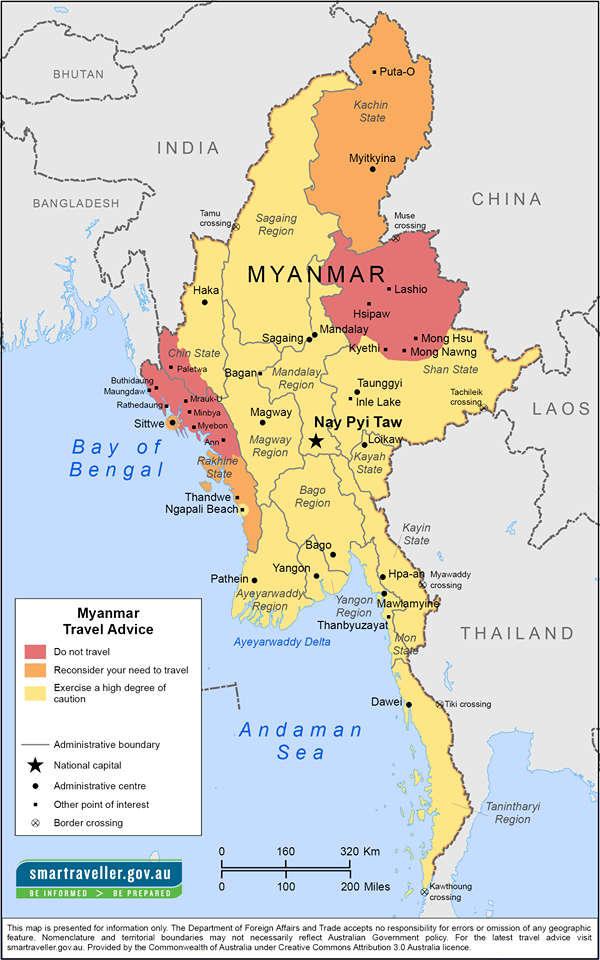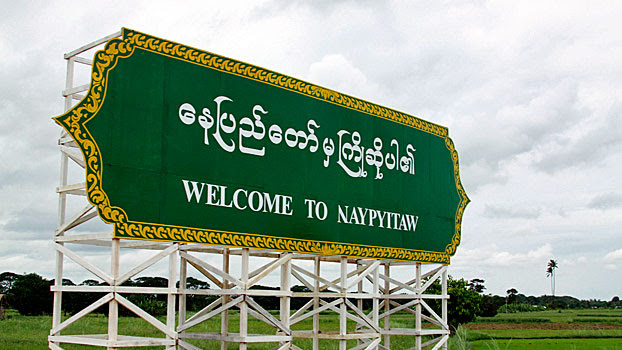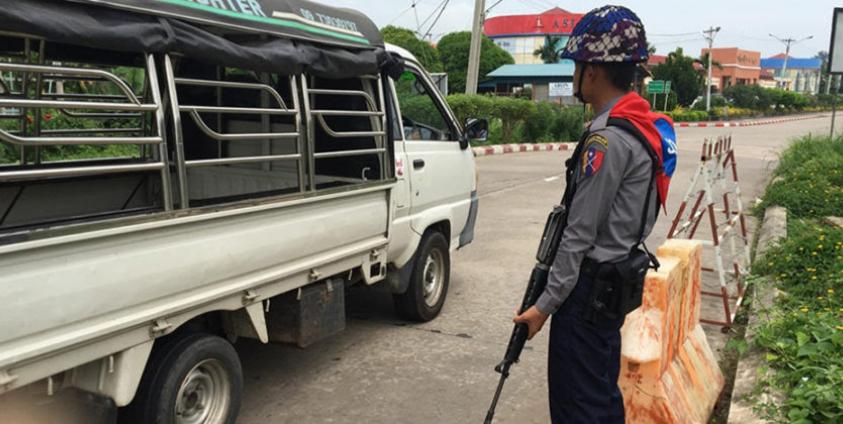These days, Burma or Myanmar security threat is being discussed as an issue within the government that has to be tackle seriously and not just a trendy one or propaganda sake to arouse anxiety for the public, so that interested political stakeholders could benefit from such ad hoc rhetoric.
Let us examine a bit deeper into the issue if this is the case.

A classified security warning issued by President’s Office Director-General Naing Swe Oo, on September 16, alerted that some Ethnic Armed Organizations (EAOs) could attack Naypyitaw, Yangon, and Mandalay, emphasizing government offices to increase surveillance and take security safety measures.
“The Ministry of Home Affairs reported that members of the Karen National Union (KNU), the Chin National Front (CNF) and some members of the Northern Alliance group, allegedly from the Arakan Army (AA) and the Kachin Independence Army (KIA), have planned for an attack in Naypyitaw on September 16 or 26, or on October 16 or 26,” read the warning from the President’s Office.
The meeting, which was said to take place near the Mae La refugee camp in Thailand on August 30, aimed at taking away the heat from the offensives of military or Tatmadaw against the EAOs in the Shan, Rakhine or Arakan and Kachin States.
A report of laser pointer aimed at the State Counselor Aung San Suu Kyi has also raised security concern regarding the nation’s top officials. The incidence happened when she was attending a meeting on film producing of her late father General Aung San, who is revered as a national hero and independence architecture.
Regarding the issue, the KNU rejected the allegation and Pado Saw Kwae Htoo Win, the vice chairman of the KNU, said that the government should review its information and that the KNU as a signatory of the Nationwide Ceasefire Agreement (NCA) has no plan, whatsoever, to launch such operations. It also issued a lengthy statement saying that it is for political dialogue and peaceful solution.
The Kachin also made known their displeasure for such negative publicity, when General Gwan Maw, vice president of the Kachin Independent Council (KIC), wrote in his Facebook that the information stated in the warning about the attack is a fake one.

A sign welcomes visitors to Myanmar’s capital Naypyidaw.
Analysis
Speculations are rife that these seemingly concerted developments are deliberately being pushed into public domain limelight to send the message that the Tatmadaw is unhappy with the either peace process negotiation (or) the NLD-led constitutional amendment push.
Regarding the peace process, the Tatmadaw has refused to renew its unilateral ceasefire that ended on September 21, citing that the AA attacked one of its position in Arakan State, shortly after the Three Brotherhood Alliance’s unilateral ceasefire announcement on September 20. And in a recent press conference, it also accused that massive drugs seizures worth in millions are connected to the EAOs.
This means, the bilateral ceasefire talks between the Tatmadaw and the Northern Alliance (NA), which includes AA, KIA, Myanmar National Democratic Alliance Army (MNDAA) or Kokang and Ta’ang National Liberation Army (TNLA), that has already met twice in Kengtung, will likely be shelved or postponed, as the Tatmadaw has explicitly said that the NA has no actual interest to end the conflict.
Another possible speculation is also that the Tatmadaw is desperately keeping the war flames on, by excluding the Arakan State in its (now ended) unilateral ceasefire; and also hasn’t really stopped the offensives in northern Shan States against the Three Brotherhood, even though it was within its unilateral ceasefire zone that the Tatmadaw had announced. Thus, the latest refusal to renew the unilateral ceasefire is also part of its strategy to keep the war flames on, which is crucial to show its importance and political clout to all the stakeholders within the political arena.
As far as the leaked document that the EAOs would attack major towns within Burma is concerned, the aim might be put the public confidence in a limbo to increase its importance and at the same time to show its dissatisfaction over the NLD’s constitutional amendment push.
The laser spotting aim at Suu Kyi could also be a (ploy) to drive home the NLD leadership’s vulnerability and not to overstep the military bloc’s tolerance red line. But it could equally be a third hand doing this in order to stir up the already convoluted political atmosphere prevailing in Burma these days.
Whatever the case, the leaked document seems like more of a fake one than serious intelligence gathering in many aspects, if one care to scrutinize it carefully.
For example, the warning from the President’s Office incorrectly stated the location of Mae La refugee camp as Mae Hong Son Province in Thailand. The camp is actually located in Tak Province, wrote The Irrawaddy.
Apart from that, the meeting of some 20 people at a place near Mae La, including CNF is incomprehensible, as it is a NCA signatory and never has a cordial relationship with either the NA or the Three Brotherhood. If it really does happen, it could be termed as a strange bedfellow.
As such, the security alert warning will just fade away in no time and business as usual will set in.






